Innovative Solutions: Cate & Chloe's Tips for Cleaning Stubborn Jewelry Stains

Jewelry stains can be as diverse as the pieces they affect, each with its own set of challenges for removal. Knowing the type of stain is crucial in determining the most effective cleaning method.
Here are some common varieties:
- Organic stains: These are caused by substances like oils, lotions, and perfumes. They often leave a filmy residue on the surface of jewelry.
- Inorganic stains: Resulting from contact with chemicals such as chlorine or saltwater, these stains can lead to discoloration and corrosion.
- Oxidation stains: Metals like silver and copper are prone to tarnishing when exposed to air and sulfur compounds, resulting in a darkened surface.
Each type of stain interacts differently with the material of your jewelry. Organic stains, for example, may require a different approach than inorganic or oxidation stains. It's important to identify the stain correctly to apply the most suitable cleaning technique.
Identifying Common Culprits Behind Tarnish and Discoloration
Tarnish and discoloration of jewelry can be a disheartening sight for anyone who cherishes their adornments. Understanding the common causes is the first step towards prevention and restoration.
- Exposure to Air and Moisture
- Chemicals in Beauty Products
- Body Sweat and Oils
- Environmental Factors
The Science of Stain Formation on Various Metals and Gemstones
Stain formation on jewelry is a complex process that varies significantly across different materials. Metals such as silver and copper are prone to tarnishing due to chemical reactions with sulfur-containing substances in the air, leading to a darkened surface. Gold, while more resistant, can still accumulate grime and discoloration from everyday wear.
Gemstones, on the other hand, may develop stains from exposure to various chemicals, oils, and even water. For instance:
- Diamonds can lose their sparkle from the oils transferred from our skin.
- Pearls are particularly sensitive to acids and can be damaged by perfumes or hairspray.
- Opals require special attention as they can dehydrate and crack if not cared for properly.
Gentle and Effective Cleaning Techniques
The Role of Mild Cleaners in Jewelry Care
When it comes to preserving the beauty and integrity of your jewelry, mild cleaners are often the best choice. These gentle solutions can effectively remove grime and restore shine without risking damage to delicate pieces. Mild cleaners typically include ingredients like dish soap, baby shampoo, or a simple mixture of water and ammonia, which are safe for most types of jewelry.
DIY Solutions: Baking Soda, Vinegar, and Lemon Juice Mixtures
Harnessing the power of household items for jewelry cleaning can be both cost-effective and gentle on your precious pieces. Baking soda, vinegar, and lemon juice are natural, non-toxic alternatives that can help lift stains without the harshness of chemical cleaners.
Baking Soda: Make a paste with water to gently scrub away surface stains.
Vinegar: Soak jewelry for 15 minutes to break down grime.
Lemon Juice: Use with salt for a brightening polish.
Always perform a spot test on a small, inconspicuous area to ensure the DIY solution does not damage the jewelry.
Advanced Tools for Tackling Tough Stains
When to Use Specialized Cleaning Tools
While everyday cleaning methods are sufficient for regular maintenance, certain situations call for specialized cleaning tools. These tools are designed to tackle more persistent or complex stains that cannot be removed with simple home remedies.
Ultrasonic cleaners are perfect for dislodging dirt and grime from hard-to-reach places, using high-frequency sound waves.
Steam cleaners provide a deep clean by using high-pressure steam to remove oils and residues.
Polishing machines can restore shine to metals like gold and silver, but should be used with caution to avoid over-polishing.
The Benefits of Soft Brushes and Polishing Cloths
Soft brushes and polishing cloths are essential tools in the jewelry care toolkit. They offer a gentle yet effective way to remove surface dirt and grime without scratching delicate pieces.
Soft brushes, often made with natural bristles, are perfect for getting into the nooks and crannies of intricate designs.
Polishing cloths, typically treated with a mild polishing agent, can buff away tarnish and restore shine to metals like silver and gold.
The Importance of Regular Maintenance and Professional Care
Keeping your jewelry in pristine condition requires more than just occasional cleaning. Regular maintenance is crucial for preserving the beauty and longevity of your precious pieces. Establishing a routine for jewelry care can prevent the buildup of stains and the potential for damage.
In the quest to keep your jewelry sparkling like new, tackling stubborn stains can be a challenge, but with the expert tips from Cate & Chloe, it's a challenge you can master. From understanding the nature of different stains to employing gentle cleaning solutions and chemical-free alternatives, you now have a treasure trove of knowledge at your disposal. Specialized tools and preventative measures further empower you to maintain the luster and elegance of your everyday jewelry. Remember, the key to shining bright doesn't lie in expensive treatments but in the simple, effective methods that preserve the beauty and integrity of your cherished pieces. So, embrace these insights from Cate & Chloe, and let your jewelry make a statement of timeless style and impeccable care.


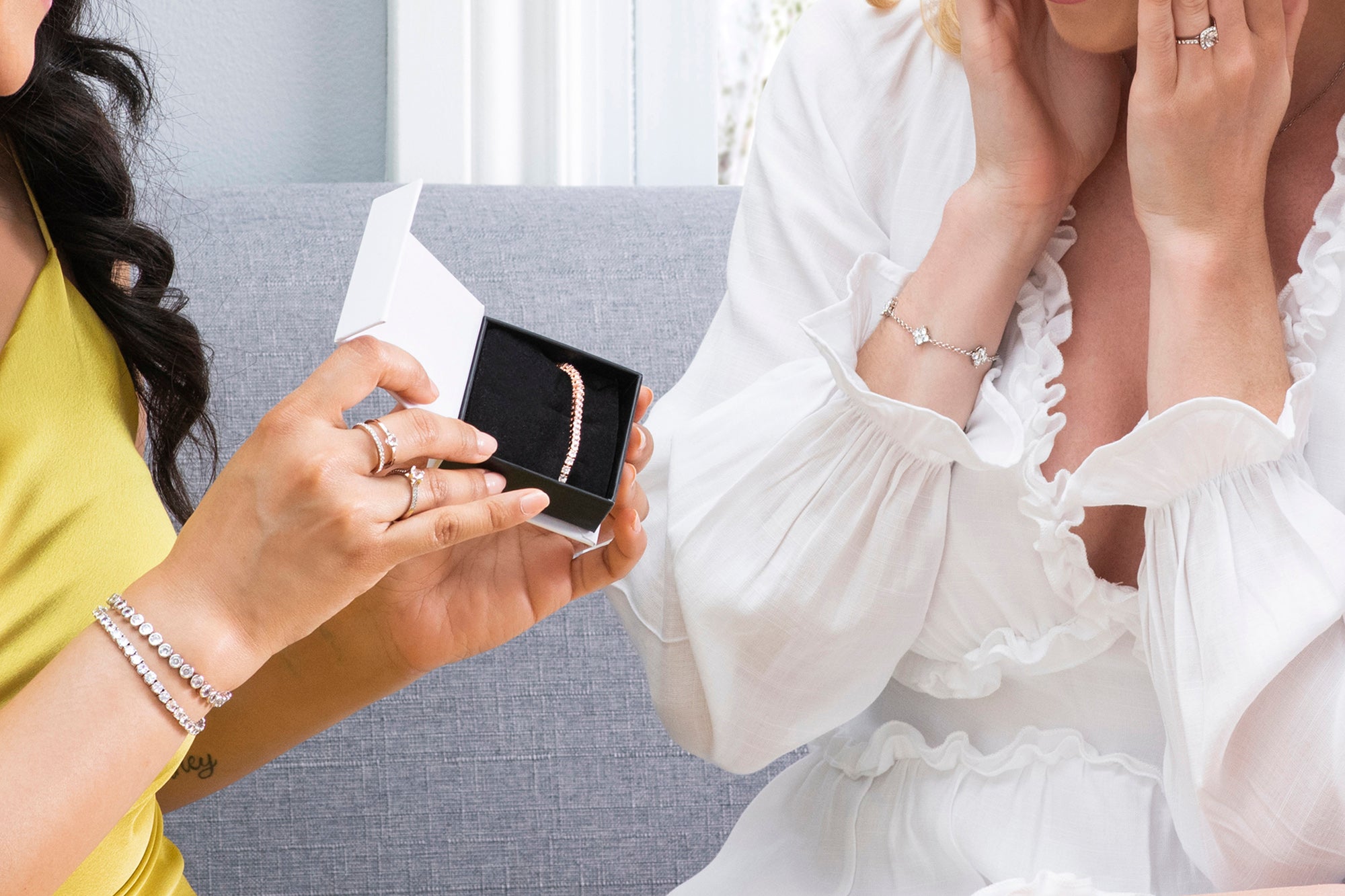

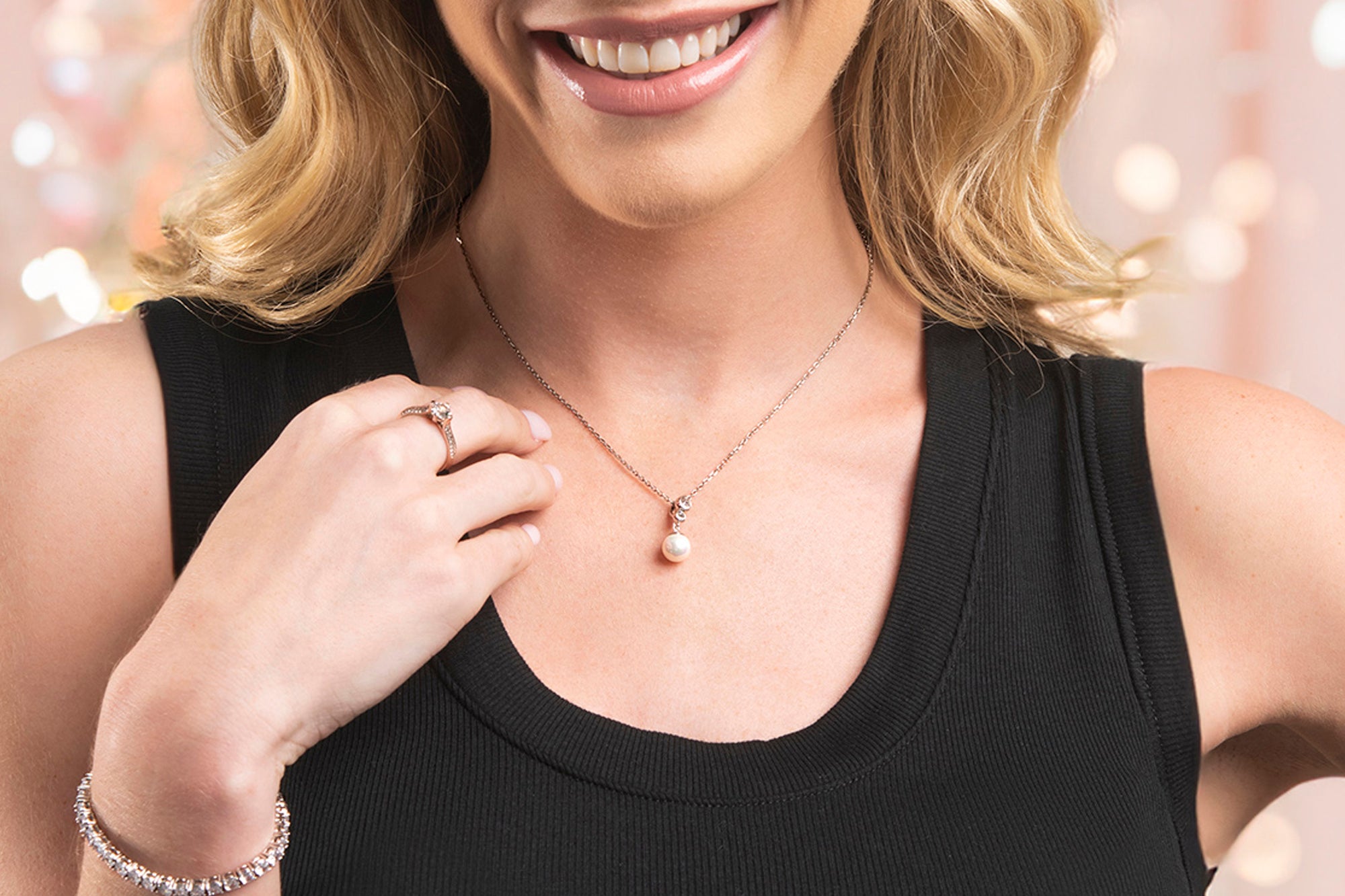


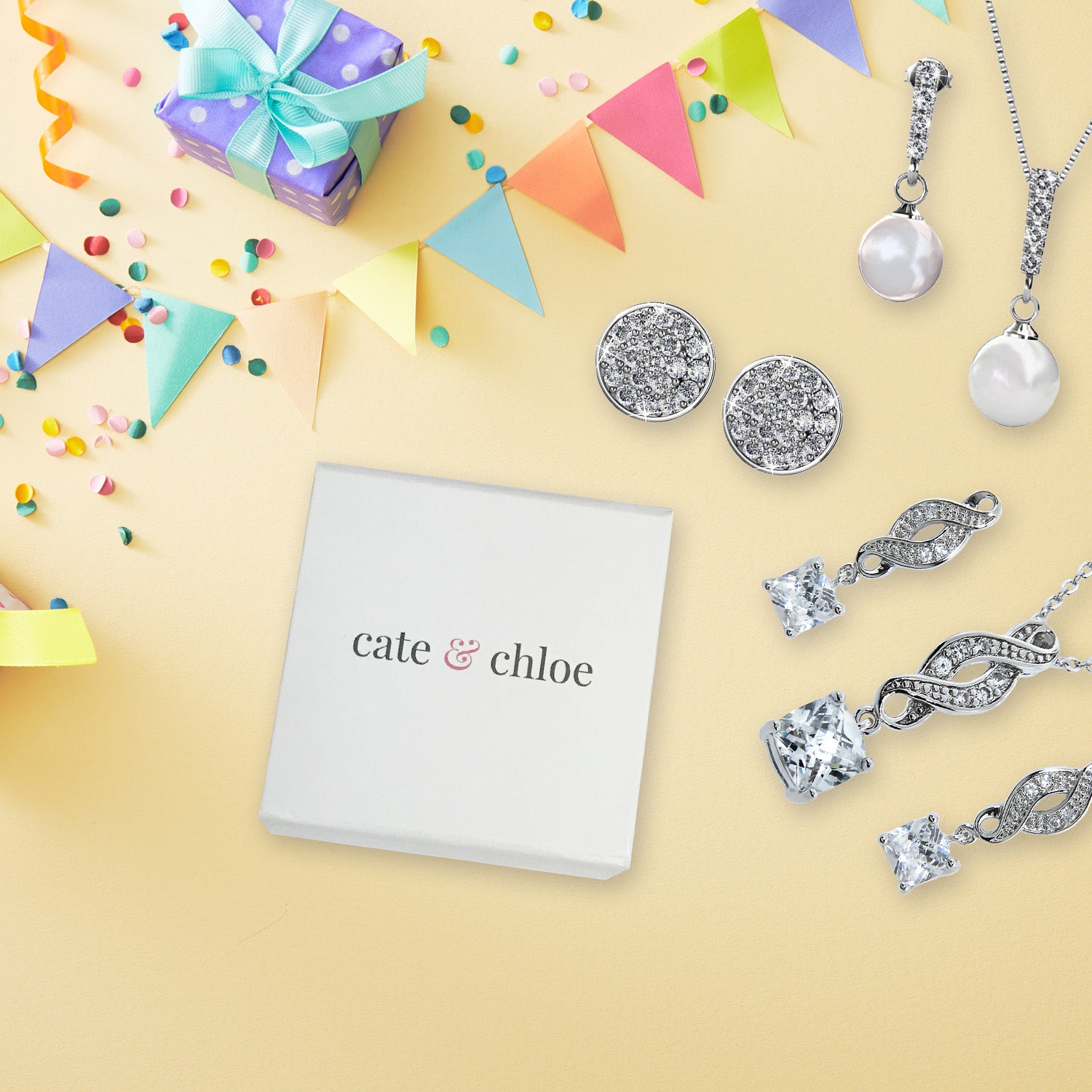


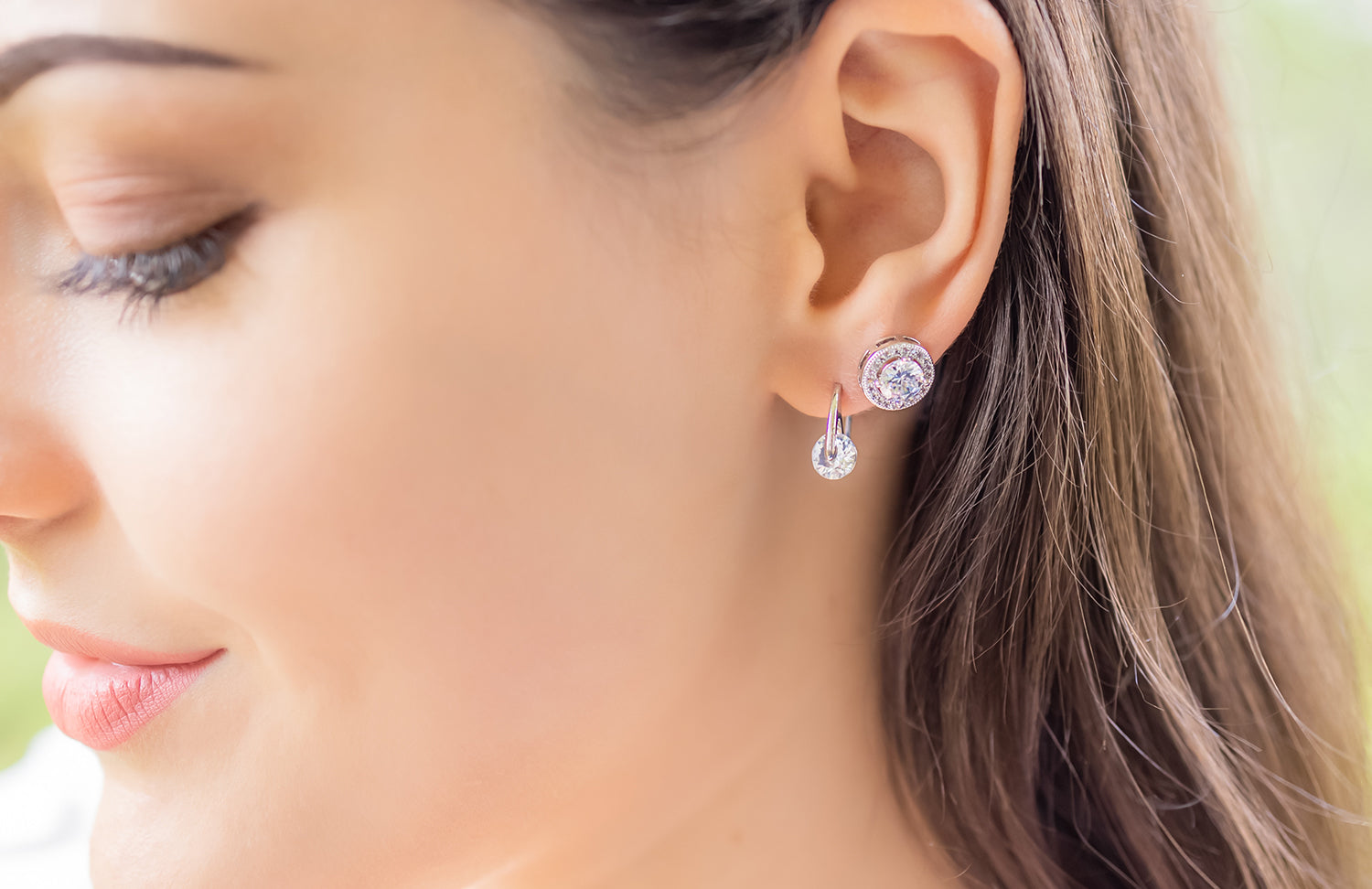


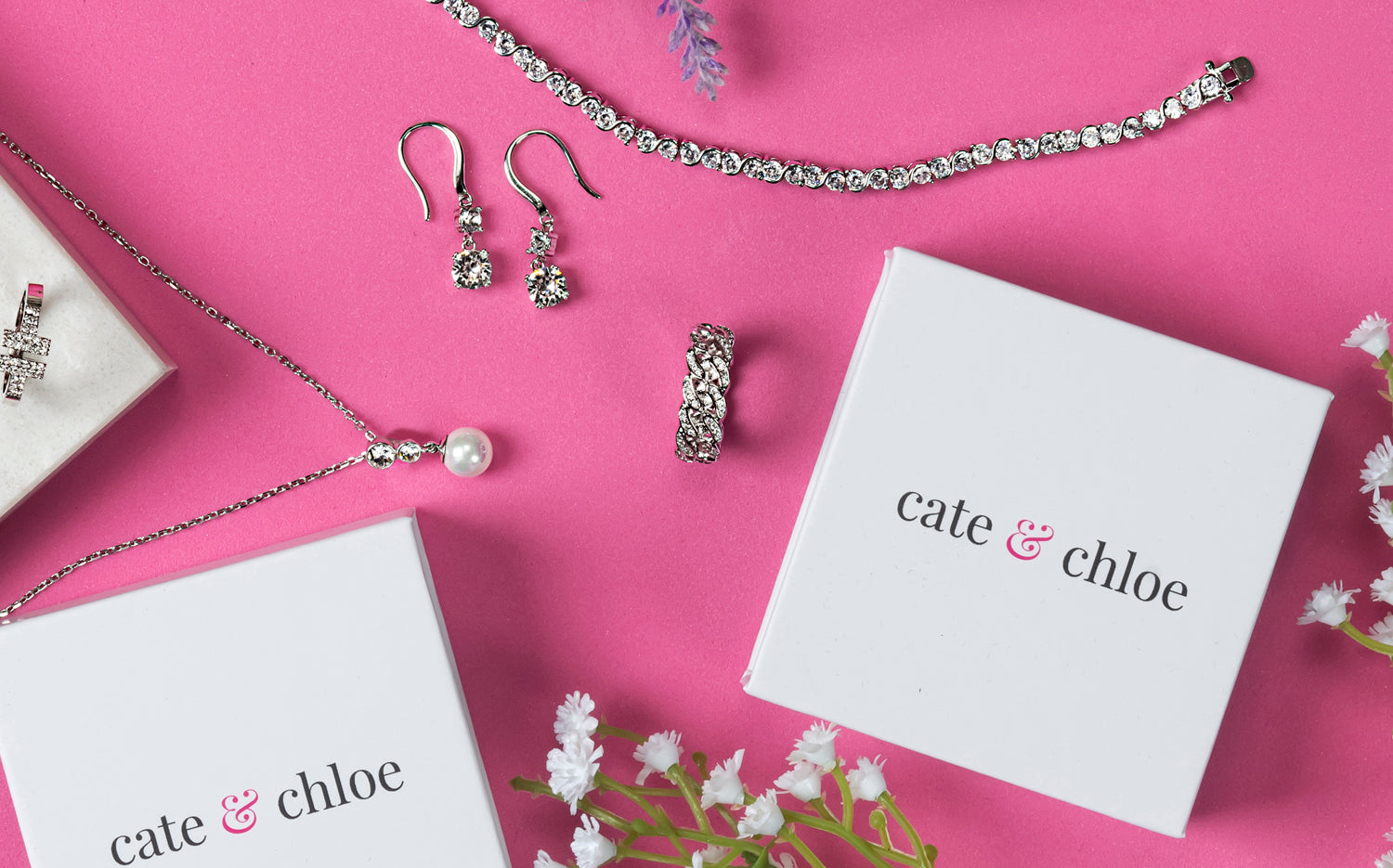
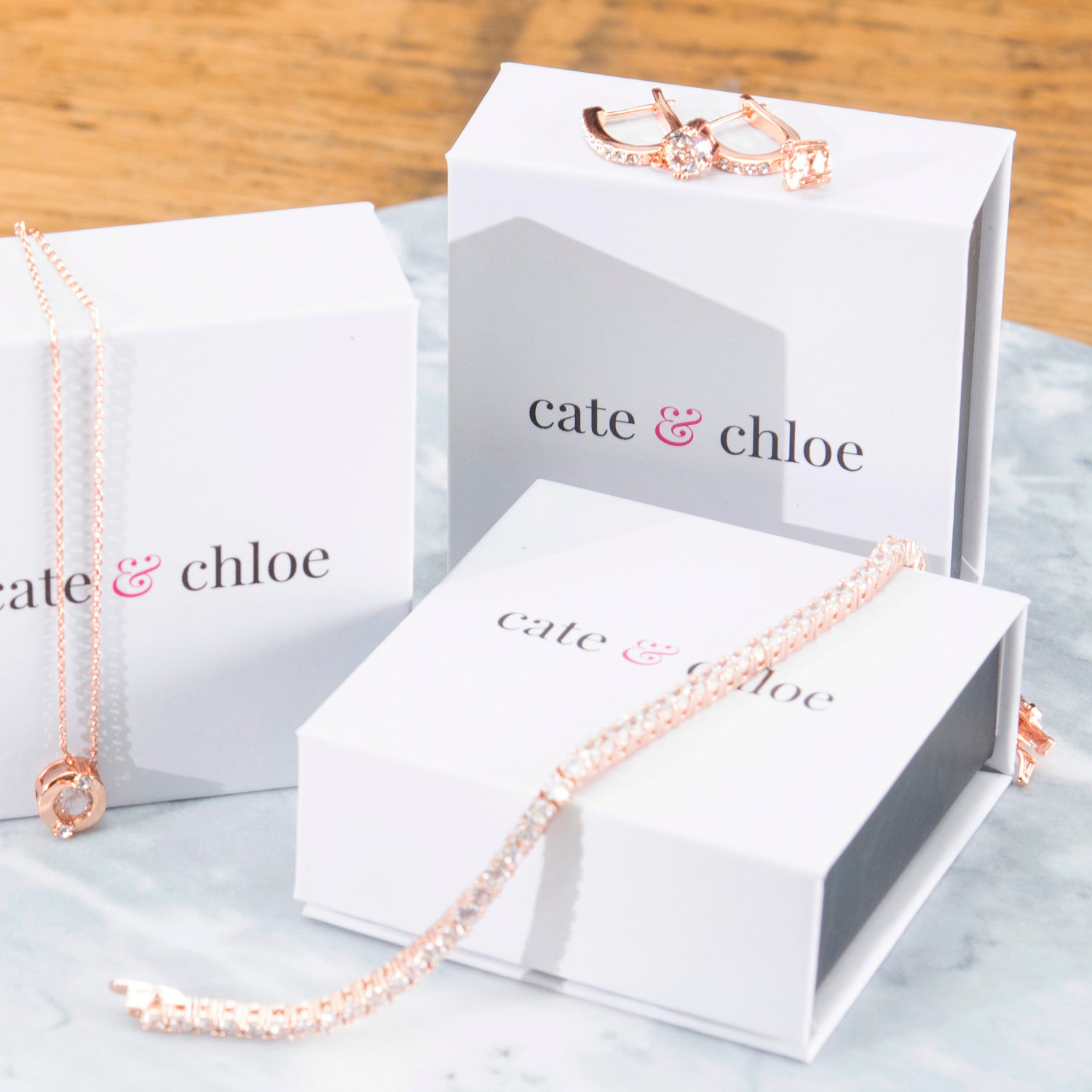






Leave a comment